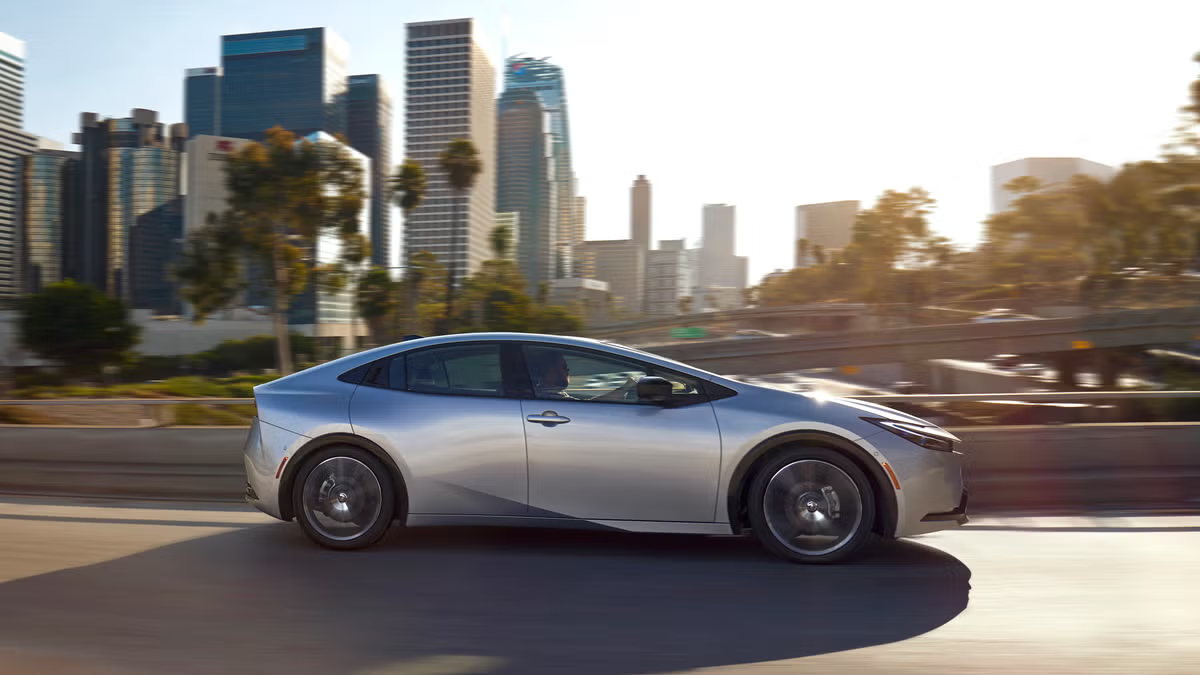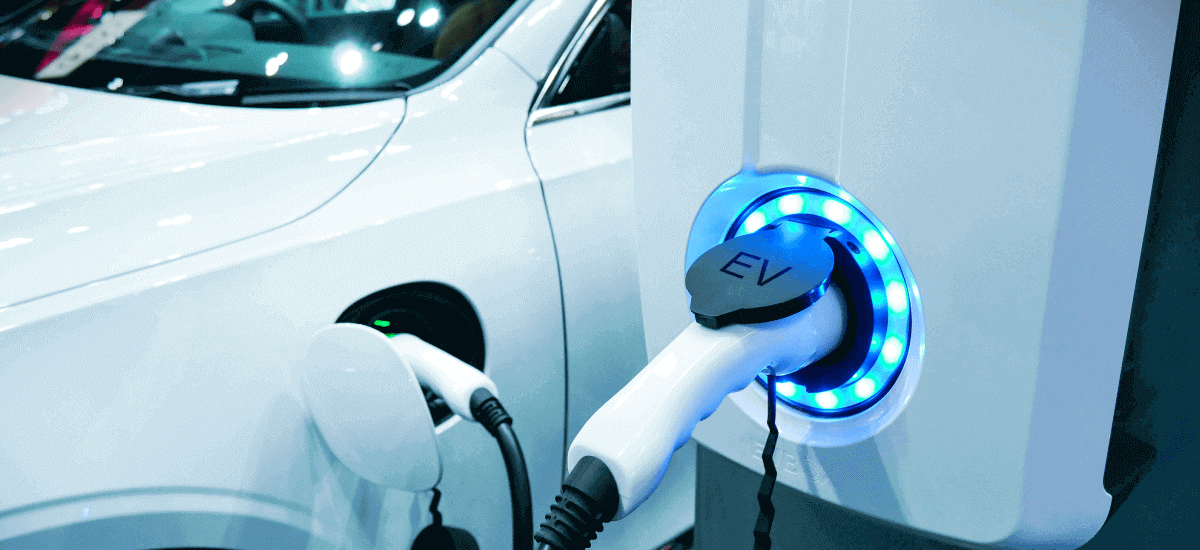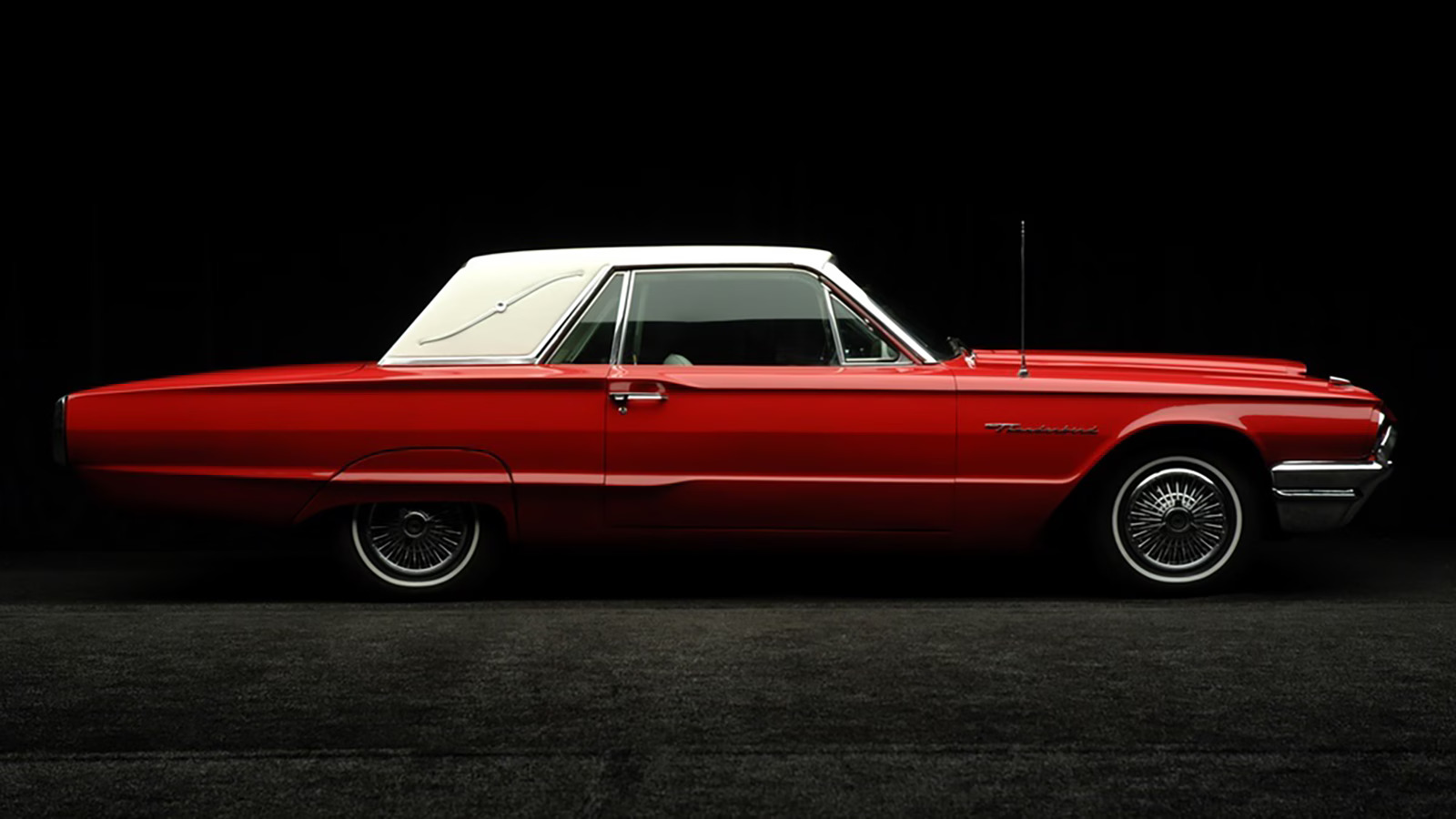Hybrid vehicles have emerged as a compelling option for drivers aiming to reduce fuel consumption and environmental impact without fully committing to electric vehicles (EVs). By blending the strengths of traditional gas-powered engines with cutting-edge electric motor technology, hybrids strike a balance between innovation and practicality. As governments tighten emissions standards and consumers seek cleaner alternatives, the hybrid car has found its moment in the spotlight.
Understanding Hybrid Technology
At their core, hybrid cars utilize two power sources: a traditional internal combustion engine (ICE) and an electric motor powered by a rechargeable battery. This dual setup allows the vehicle to operate using one or both power sources, depending on the driving scenario. For instance, a hybrid may use only the electric motor for low-speed city driving and engage the gasoline engine for highway travel or when extra power is needed.
Advanced onboard computers manage the interaction between the engine and motor seamlessly, ensuring optimal efficiency and performance. These systems continuously evaluate driving conditions, speed, battery levels, and throttle input to determine the most efficient power source at any given moment.
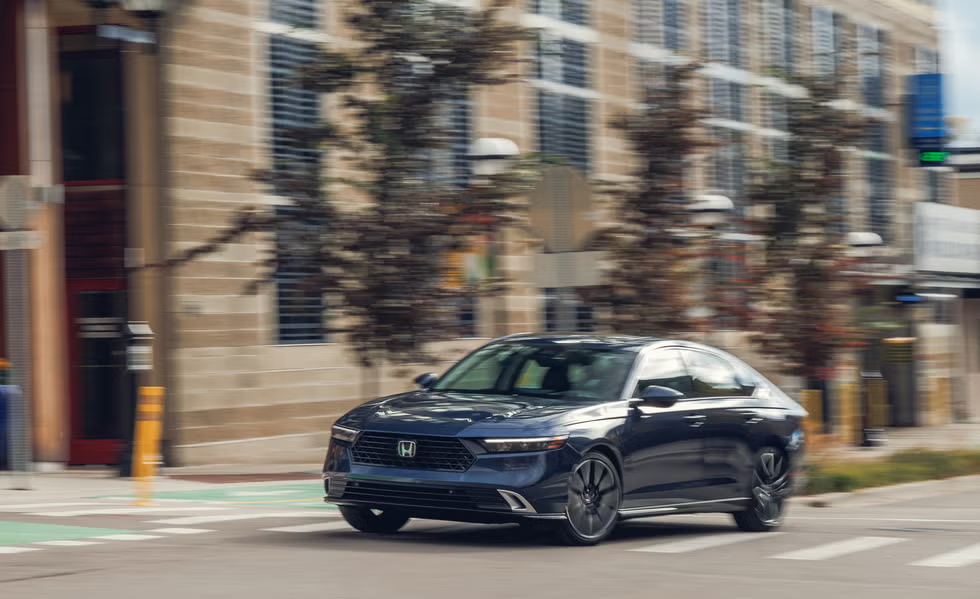
Types of Hybrid Vehicles
Mild Hybrids (MHEVs):
Mild hybrids use a small electric motor to assist the combustion engine. While they cannot drive solely on electric power, they help reduce the load on the gasoline engine, improving fuel economy and reducing emissions. MHEVs are typically more affordable and less complex than full hybrids.
Full Hybrids (HEVs):
Full hybrids have the ability to run on the electric motor alone, the gasoline engine alone, or both. Popular examples include the Toyota Prius and Ford Escape Hybrid. These vehicles often feature regenerative braking, which recharges the battery while slowing the car, and an automatic start-stop system that turns off the engine at red lights.
Plug-in Hybrids (PHEVs):
Plug-in hybrids offer a larger battery capacity and the ability to charge via an external source, such as a home outlet or public charging station. This allows for longer all-electric driving ranges—typically between 20 to 50 miles—before the gasoline engine takes over. PHEVs are ideal for drivers with short daily commutes and access to charging infrastructure.
How Hybrid Systems Work
Regenerative Braking:
One of the standout features of hybrids is regenerative braking. This technology converts the vehicle’s kinetic energy—which would otherwise be lost as heat during braking—into electricity, which is stored in the battery. It not only increases efficiency but also extends brake life.
Automatic Start-Stop:
Hybrid vehicles often come equipped with a start-stop system that automatically shuts off the engine when the car is stationary and restarts it when the accelerator is pressed. This feature significantly reduces fuel use during idling, especially in stop-and-go traffic.
Power Management Systems:
Hybrids rely on sophisticated power management systems that constantly adjust the mix of power delivery from the engine and motor. These systems optimize acceleration, climbing power, and efficiency by switching between electric-only mode, gas-only mode, or a blend of both.
Benefits of Driving a Hybrid
Fuel Efficiency:
Hybrid cars offer substantially better gas mileage than their purely gasoline counterparts, particularly in urban settings. The ability to use electric power at lower speeds significantly cuts fuel consumption.
Reduced Emissions:
Lower fuel usage translates directly into fewer greenhouse gas emissions. Hybrids are a cleaner alternative that contribute to improved air quality and help mitigate climate change.
Long-Term Cost Savings:
Though hybrids may cost more upfront, drivers often recoup that difference through lower fuel expenses and potential tax incentives. In many areas, hybrids are also eligible for carpool lane access and parking benefits.
Quiet and Smooth Ride:
Electric motors produce less noise and offer seamless power delivery, resulting in a more refined and pleasant driving experience.
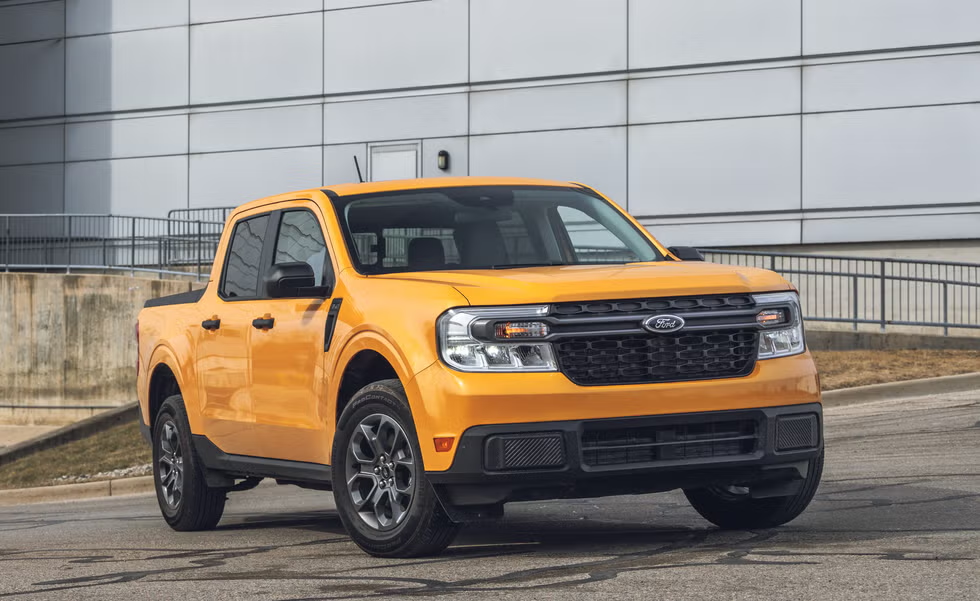
Considerations Before Choosing a Hybrid
Initial Cost:
The purchase price of hybrid vehicles tends to be higher than comparable conventional cars. However, lower running costs can offset this over time.
Battery Replacement:
Although hybrid batteries are designed to last a long time (often over 100,000 miles), replacement can be expensive if needed after the warranty period.
Driving Patterns:
Hybrids shine in urban and suburban settings with frequent stops. Drivers who primarily travel long distances on highways may see less fuel savings.
Charging Infrastructure for PHEVs:
Owners of plug-in hybrids need convenient access to charging facilities to take full advantage of electric-only driving capabilities.
Looking Ahead: The Future of Hybrid Technology
As automotive technology continues to evolve, hybrid systems are becoming more efficient, powerful, and compact. New materials, better battery chemistries, and improved software are making hybrids an even more attractive proposition. Manufacturers are also exploring hybrid variants in trucks and performance cars, expanding the market beyond compact city cars.
With rising fuel costs and increased environmental awareness, hybrid cars are poised to play a crucial role in the global shift toward sustainable transportation. While full electrification may be the long-term goal, hybrids offer a practical and immediate way for drivers to reduce their carbon footprint.
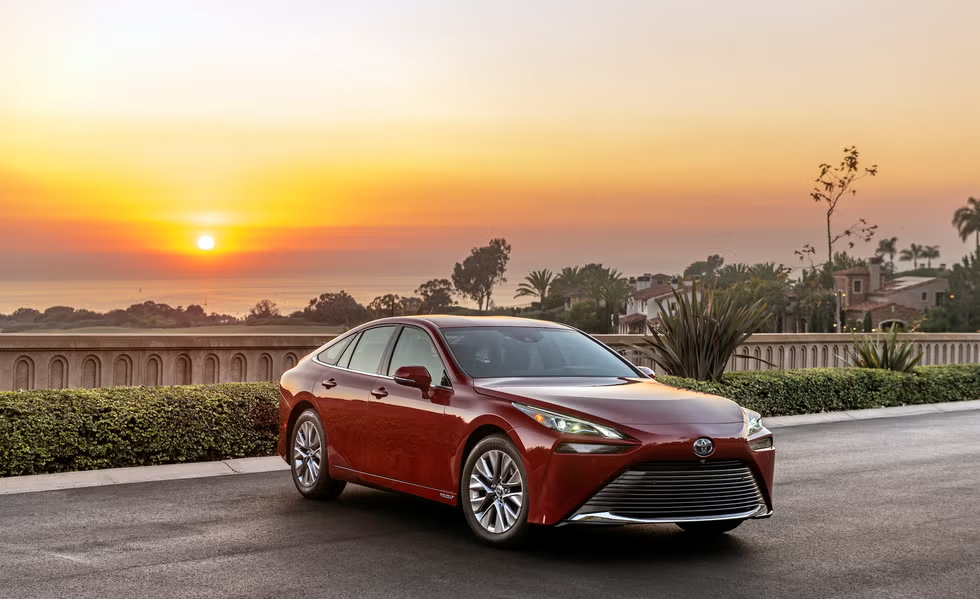
Conclusion: Is a Hybrid Right for You?
Hybrid vehicles present a smart and accessible alternative for anyone looking to go greener without compromising convenience or driving range. Whether you choose a mild, full, or plug-in hybrid, each offers a step toward reducing emissions, saving money on fuel, and contributing to a cleaner planet. Understanding your driving habits and needs will help determine which hybrid option fits best—and with more models than ever on the market, there’s likely a perfect match waiting for you.
